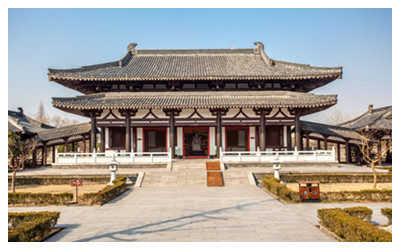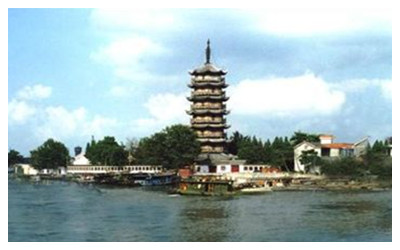Skype: neodalle-travel
Tel: +86 135 7447 2266
E-mail: sales@visitaroundchina.com
 Daming Temple, situated in a northwestern suburb of Yangzhou city, combines together a number of attractions, including religious buildings, important historical sites and beautiful gardens.Daming Temple was first built in the Southern Dynasties (420-589), although has undergone numerous renovations and expansions since that time. The temple has assumed many different names during its 1500-year history, although in 1980 it reverted back to its original title.
Daming Temple, situated in a northwestern suburb of Yangzhou city, combines together a number of attractions, including religious buildings, important historical sites and beautiful gardens.Daming Temple was first built in the Southern Dynasties (420-589), although has undergone numerous renovations and expansions since that time. The temple has assumed many different names during its 1500-year history, although in 1980 it reverted back to its original title.  Jianzhen decided to venture across the sea to Japan in an attempt to spread the practice of Buddhism. Due to the poor navigation technology of the time, he failed on a number of occasions to complete the crossing, although eventually succeeded and was warmly welcomed by Japanese people. Jianzhen spent his final years in Japan, and made a great contribution to the cultural exchange between the two countries. Visitors can learn more about his life in the Memorial Hall of Monk Jianzhen, located to the east of the Maravira Hall.
Jianzhen decided to venture across the sea to Japan in an attempt to spread the practice of Buddhism. Due to the poor navigation technology of the time, he failed on a number of occasions to complete the crossing, although eventually succeeded and was warmly welcomed by Japanese people. Jianzhen spent his final years in Japan, and made a great contribution to the cultural exchange between the two countries. Visitors can learn more about his life in the Memorial Hall of Monk Jianzhen, located to the east of the Maravira Hall.Travel Tips
Add: No.8, Pingshantang Road, Yangzhou City,Jiangsu Province.
Opeing Hours:08:00-18:00
Entrance Fee: CNY 45
Tranport: take bus no. 5 or 25, and get off at Damingsi Station
 Ask Questions ?
Ask Questions ?